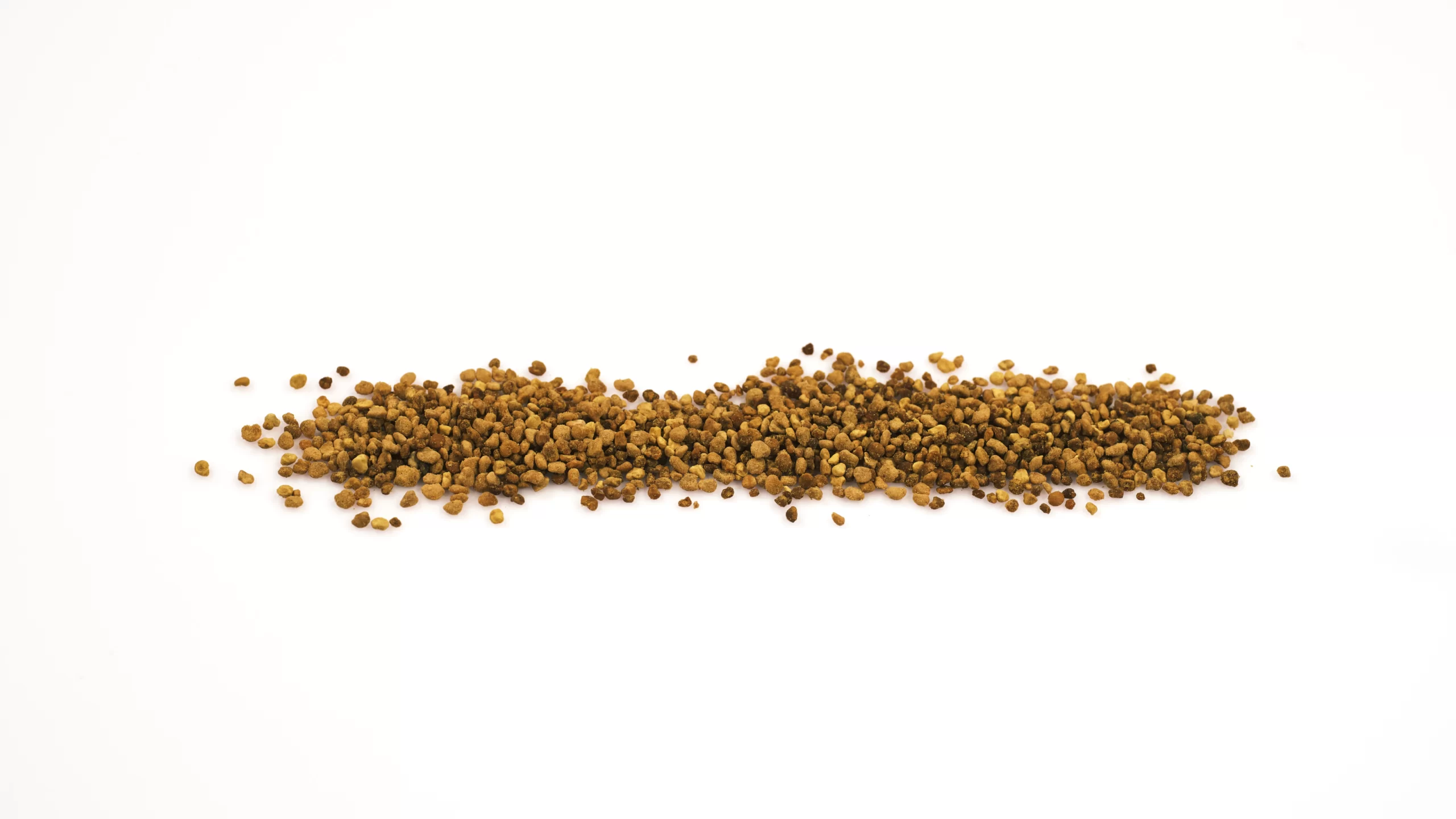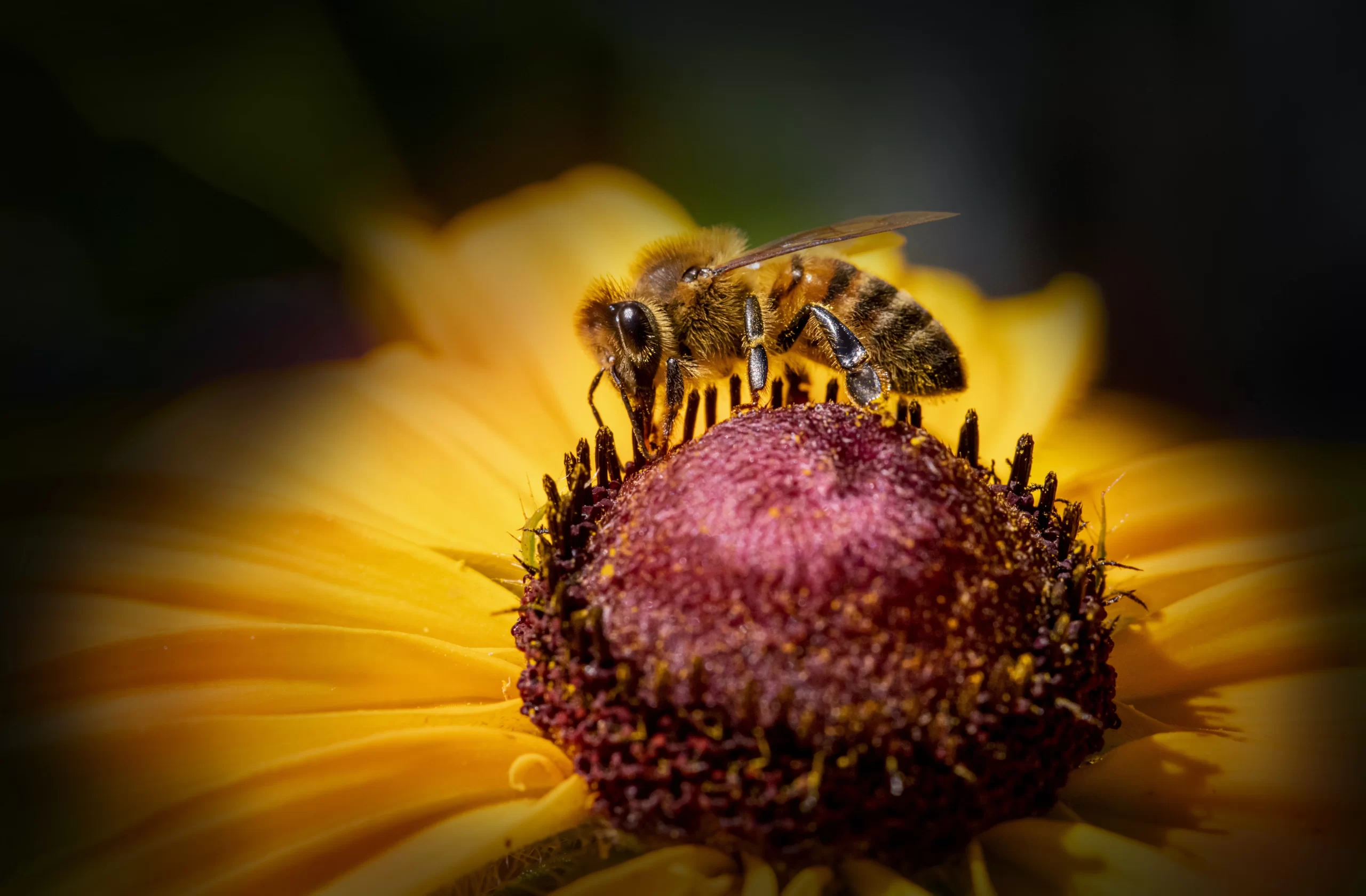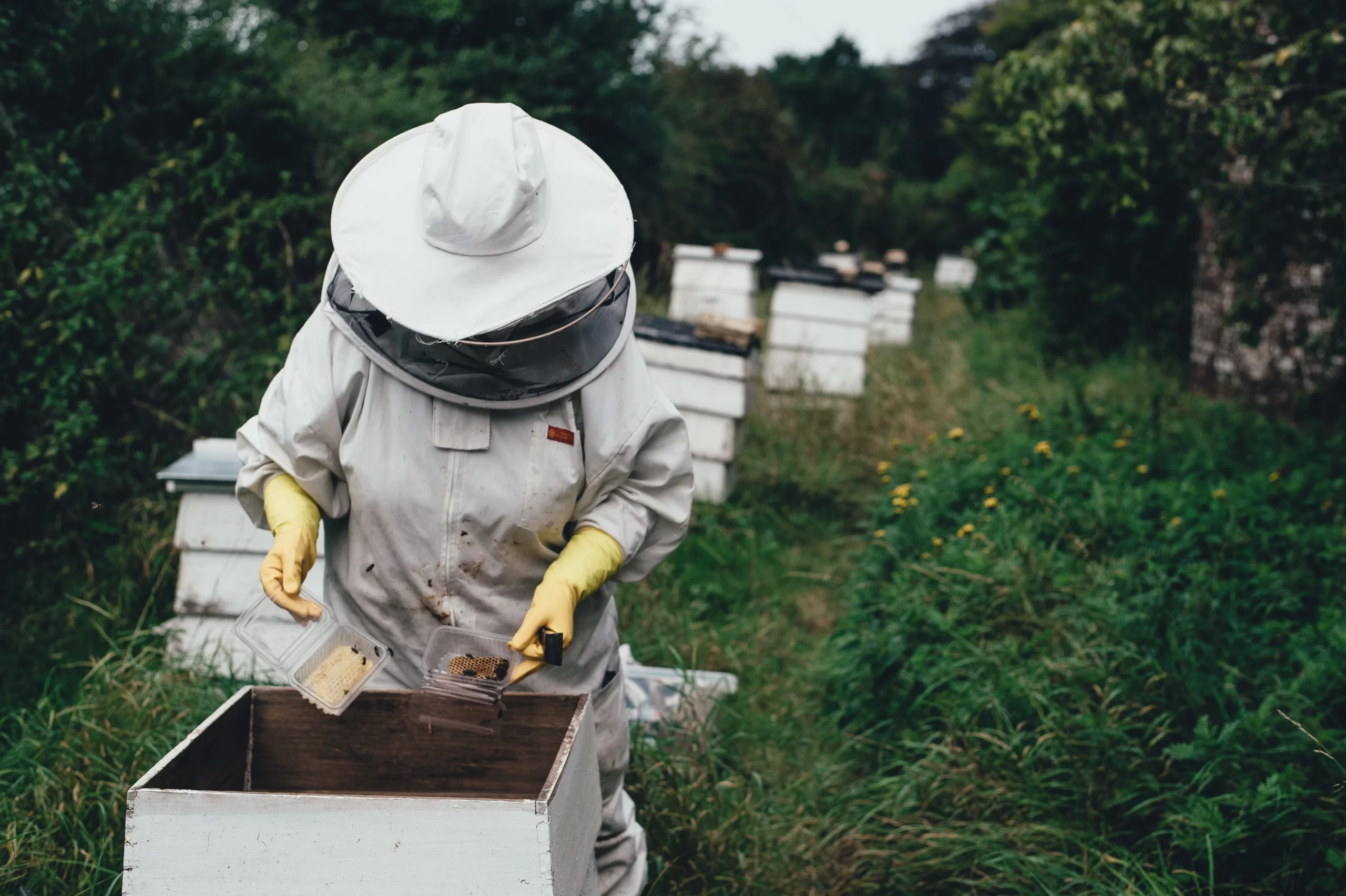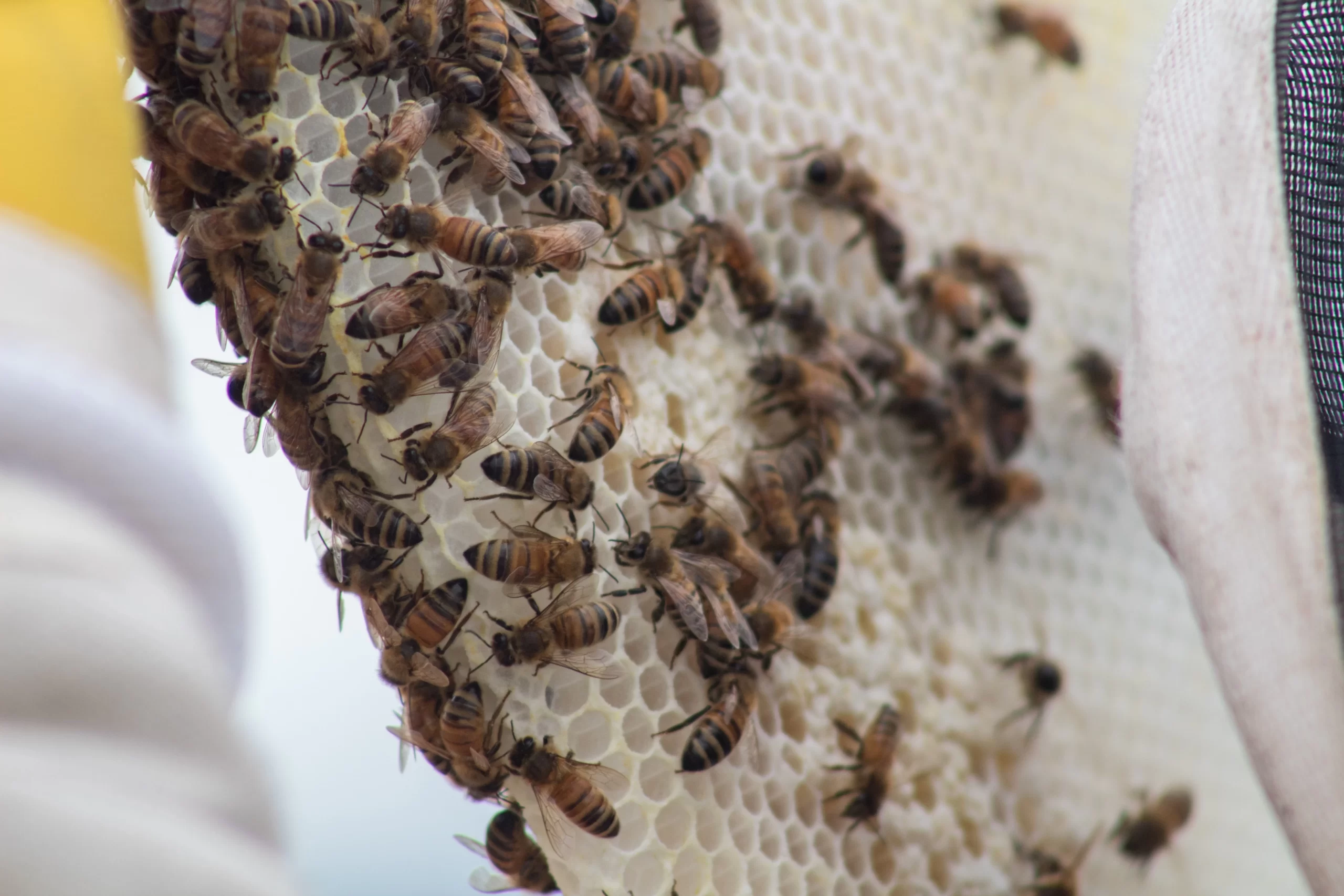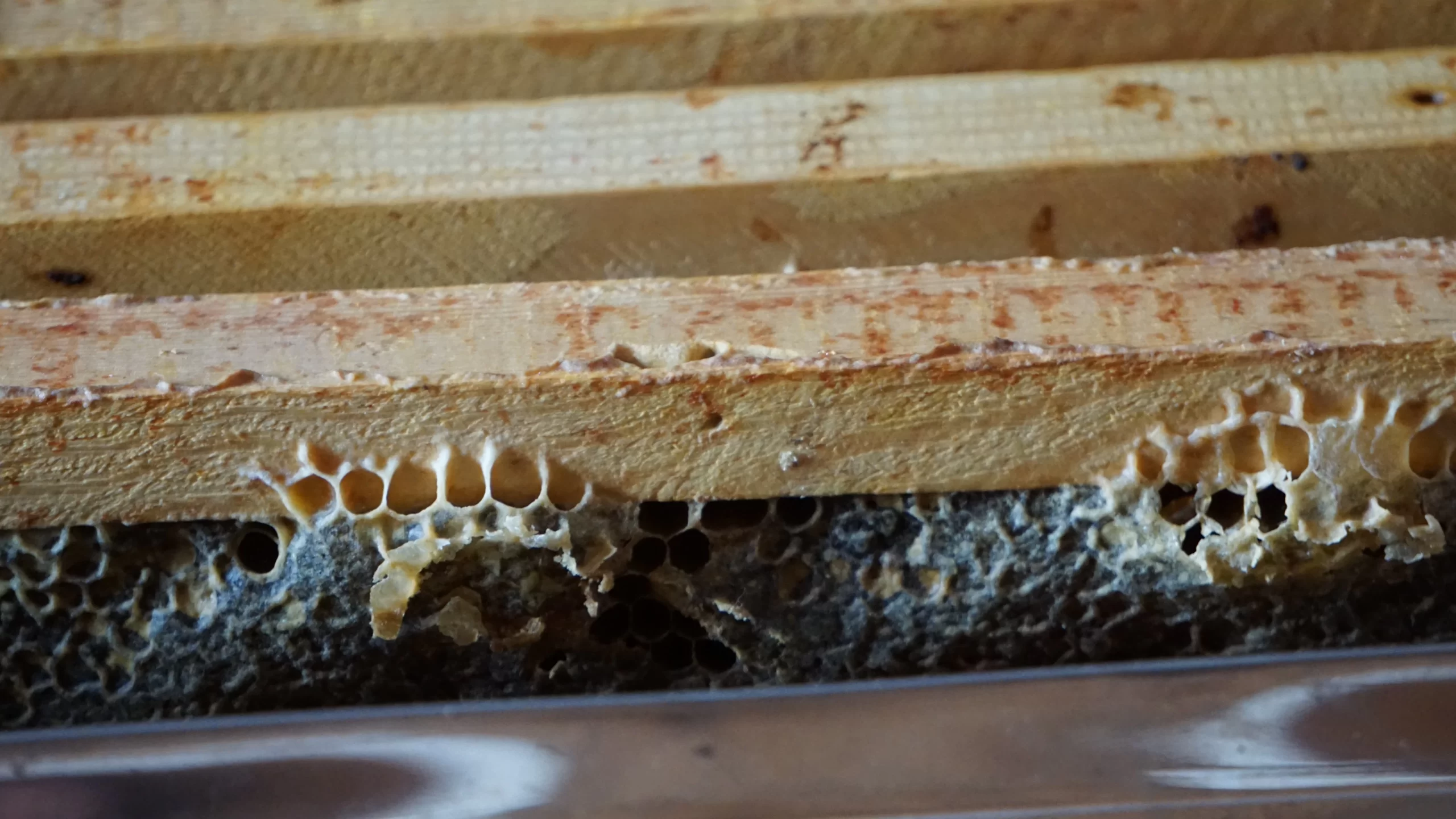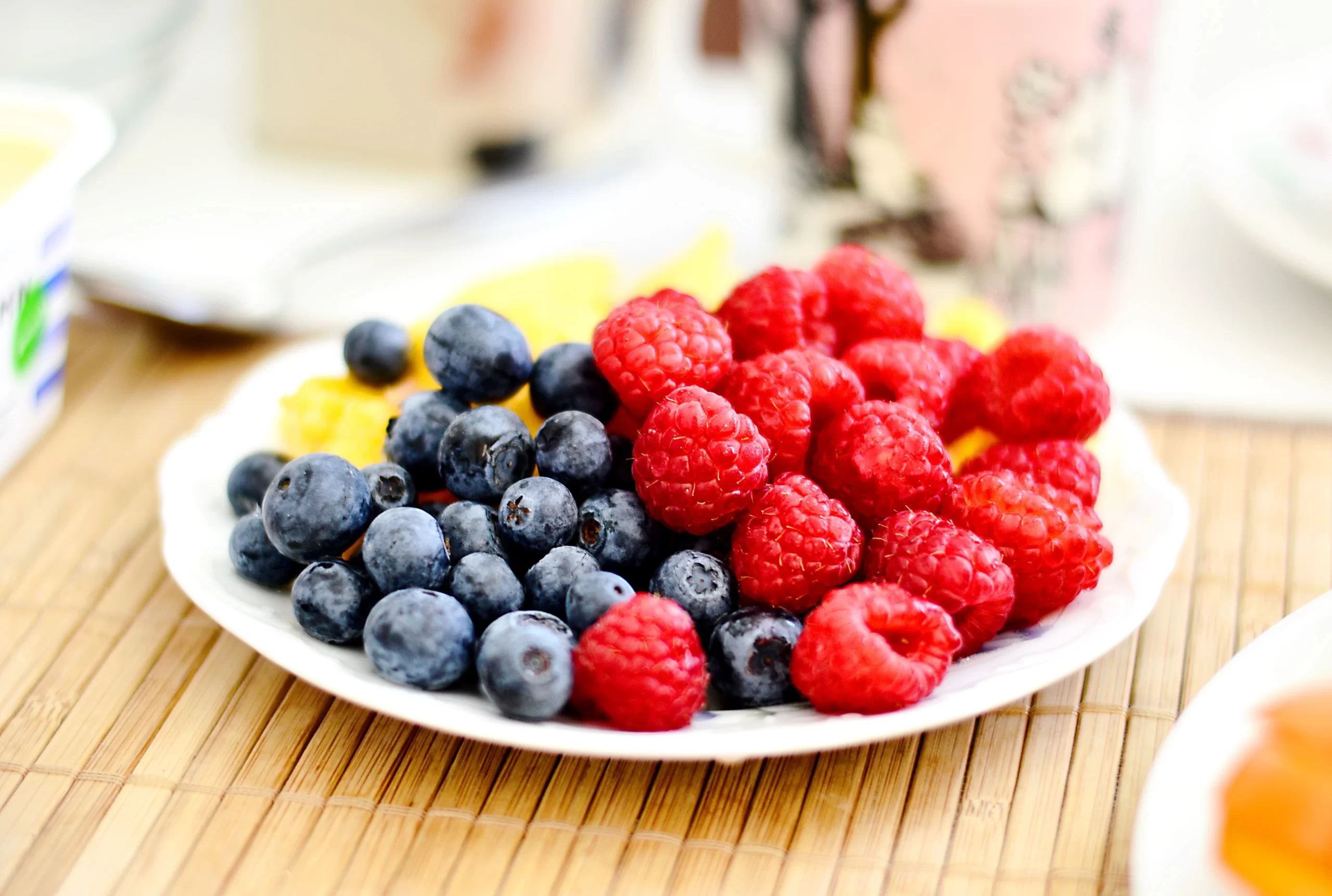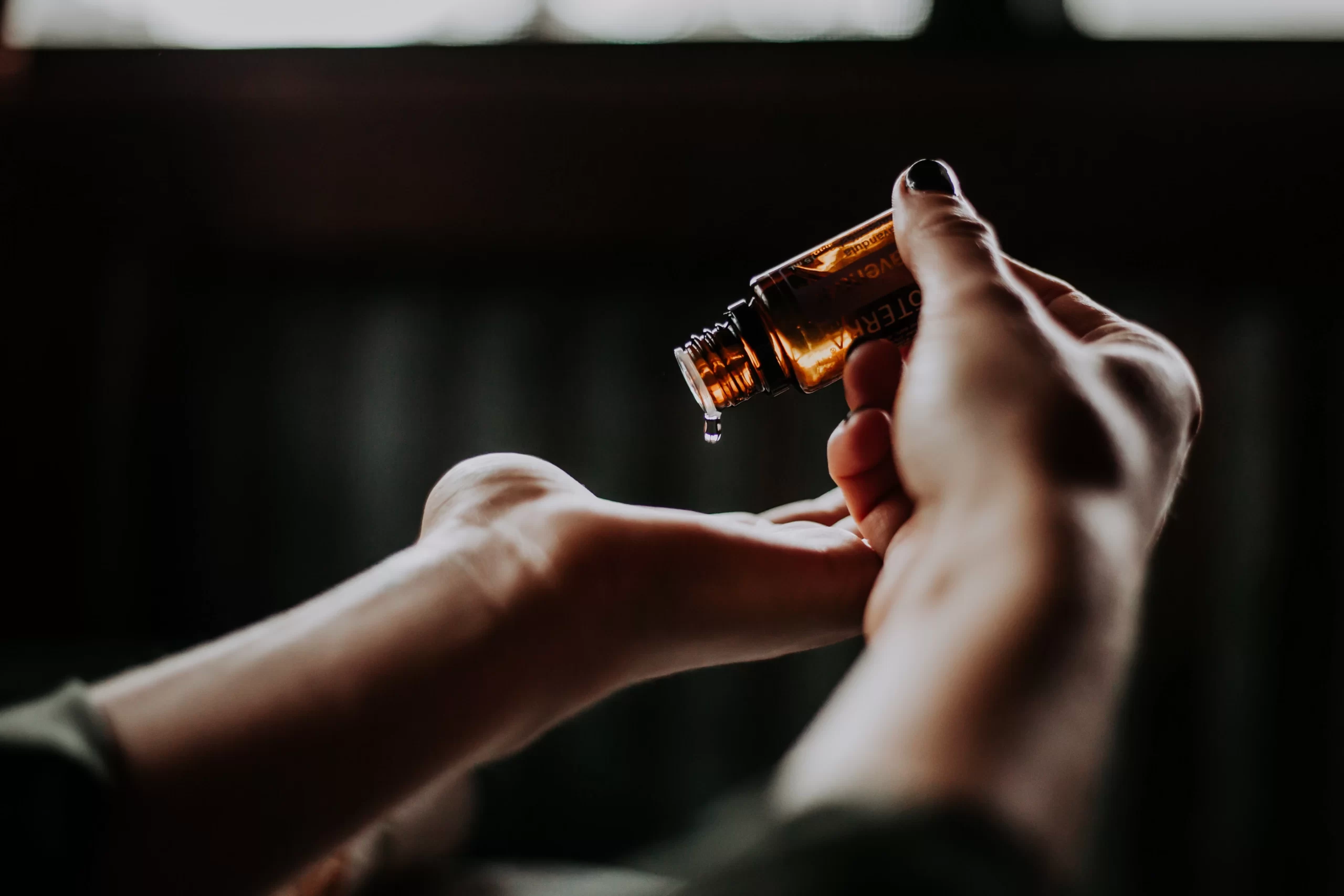Table of Contents
Manuka Honey for Surgical Wounds: Clinical Case Summary Published in Leading Journal
Introduction
In 2019, the Healthcare Startup Access Incubator partnered with Memphis-based medical device company SweetBio, Inc. to evaluate APIS, SweetBio’s Manuka honey-based wound care product. The Center for Innovation at Regional One Health was the site of the evaluation, with the goal of improving wound care outcomes. Now, the results and observations of the APIS evaluation have been published in a leading clinical journal.
APIS Evaluation at Regional One Health
The APIS evaluation at Regional One Health was led by providers in the wound care center, which focuses on state-of-the-art therapies and whole-person care for stubborn wounds. The providers were trained to use APIS, an FDA-cleared product that harnesses the healing properties of Manuka honey. This product is presented in a membrane form that can be applied to wounds in clinical settings.
The eligible patients for the evaluation had to fulfill certain criteria. They needed to be at least 18 years old and have a type 1 or 2 diabetes diagnosis. Additionally, they had to be ambulatory and have adequate circulation. The wounds included in the evaluation had to be non-healing, have a surface area of 9 centimeters or less, and show no clinical signs of infection.
Results and Observations
Over the course of the evaluation, providers identified a total of 43 patients with 47 wounds. These wounds included diabetic foot ulcers, pressure wounds, and venous leg ulcers. To create a control group for comparison, standard care was used to treat 20 of the wounds, while the other 27 were treated with the APIS membrane.
The average time of closure for wounds that healed with the APIS product was found to be twice as fast compared to standard care. The wounds treated with APIS closed in an average of 7.4 weeks, while those treated with standard care took an average of 14.8 weeks to close.
In one particular case, a patient had diabetic ulcers on both feet. One foot was treated with standard procedures, while the other was treated with APIS. After six weeks, the foot treated with APIS healed, while the foot treated with standard care did not. Physicians then decided to use the APIS product on the unhealed wound, and it closed after an additional two weeks.
These findings confirm previous studies that showed the ability of APIS to heal wounds within 4-6 weeks. The evaluation at Regional One Health, however, was specifically designed to challenge the product by using it in an urban hospital setting where patients may face difficulties accessing comprehensive care and complying with wound care guidelines.
Conclusion
The clinical case summary published in the leading clinical journal highlights the positive results and observations of using APIS, a Manuka honey-based wound care product, to improve wound closure. The evaluation at Regional One Health demonstrated that wounds treated with APIS healed in about half the time compared to wounds treated with standard care. These findings have significant implications for wound care and the potential benefits of using Manuka honey in clinical settings.
For more information on the APIS evaluation and its impact on wound care, please visit https://aboutmanukahoney.com.
